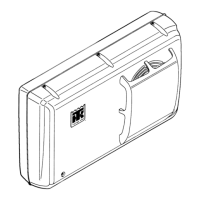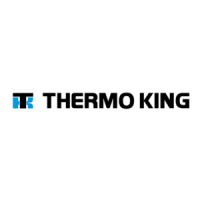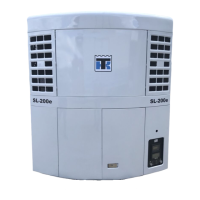103
V250 Installation Checklist
Prior to Installation
Do you have the correct compressor bracket kit?
Does the compressor fit the designated location on this
engine?
Are you sure that the calculated maximum compressor
speed does not exceed the recommendation?
Will you route hoses through the box floor or use an
external hose kit?
If the external hose kit is used, is there adequate space
between the cab and box?
How will the condenser be mounted—vertical, horizon-
tal shelf kit, roof-mount?
What evaporator type “thin line” or “funnel”?
Where will you mount the cab control?
What other options are to be installed? (Engine heat,
electric heat, low temperature kit, etc.)
During Installation
Are hoses and harnesses routed to avoid sharp bends,
abrasion, heat, brake lines, and sharp edges?
Is the liquid injection orifice installed?
Is there an oil trap in the suction line?
Can the unit maintain a 2000 micron vacuum level for
at least five minutes?
Final Inspection
Twelve ounces of polyester oil, per compressor, is
installed.
Liquid injection occurs when discharge temperature
exceeds approximately 230° F (110 C).
Condenser fan operates at discharge pressures above
approximately 130 psi (896 kPa).
Compressor clutch disengages at discharge pressures
above approximately 300 psi (2069 kPa).
Compressor clutch disengages at suction pressures
below approximately 5 inches Hg. vacuum.
Temperature drop across the evaporator coil is adequate
and box temperature pulls down normally.
Manual defrost operates and terminates normally.
Defrost drains are unrestricted.
Suction pressure regulator set at 20 psi (138 kPa).
Compressor belt tension is correct.
Thermo King logo installed on condenser.
Optional electric standby and electric heaters work
properly.
Engine heat option (if installed) operates correctly.

